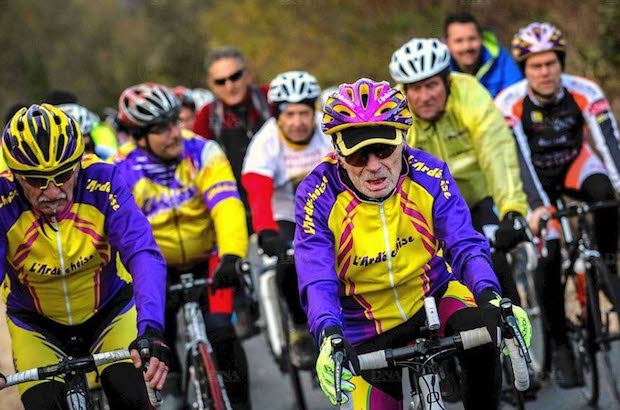Cycling has the potential to revolutionize urban transportation in America, just as it has done in Europe. However, the adoption of cycling as a serious form of mass transportation has been slower in the United States compared to Europe. To increase cycling in American cities, a paradigm shift in attitudes is needed. This article explores the reasons behind the differences in cycling culture between the two regions and offers insights on what Americans can do to embrace cycling in cities and encourage its growth.
The European Cycling Phenomenon
In Europe, cycling has become an integral part of urban life. Cities like Copenhagen, Amsterdam, and Barcelona boast high cycling rates, with a significant portion of commuters using bicycles to travel to work or school. Even in cities without a strong cycling tradition, such as Paris and Rome, bike-sharing programs have gained popularity.
One key factor behind Europe’s cycling success is a shift in attitudes. Europeans view cycling as a practical and efficient mode of transportation rather than merely a form of exercise or leisure activity. As a result, bike infrastructure has flourished, and cities have invested in bike-sharing programs and well-maintained bike lanes. This approach has made cycling an accessible and convenient choice for a diverse range of people, including professionals in suits and dresses, not just avid sports enthusiasts.
The American Cycling Landscape
In contrast, the United States has been slow to embrace cycling as a mainstream transportation option. While some college towns have relatively high percentages of bike commuters, major American metropolises still lag behind. Only a small fraction of American workers commute by bike daily.
One significant reason for this disparity is the prevailing perception of cycling as a recreational activity, rather than a viable transportation option. Many Americans still see bicycles as toys for children or vehicles exclusively for the poor. This perception has led to inadequate investment in bike infrastructure, making it less appealing for potential cyclists to make the switch from cars to bicycles.
The Importance of Changing Attitudes
To increase cycling in American cities, attitudes towards biking need to change. As witnessed in Europe, creating bike-friendly cities goes beyond building bike paths alone. It requires convincing the general population that cycling is a legitimate and essential form of transportation, especially for short trips within urban areas.
Promoting Cycling in American Cities
1. Enhance Infrastructure: American cities should invest in well-designed, safe, and connected bike lanes. This infrastructure should be tailored to suit commuters’ needs, offering convenient parking facilities and ensuring cyclist safety on the roads.
2. Emphasize Practicality: Highlight the practical benefits of cycling, such as reduced commuting time, cost savings, and positive environmental impacts. Emphasize that cycling is a viable option for daily commutes, not just a recreational pursuit.
3. Raise Awareness: Create awareness campaigns to promote cycling as a mainstream transportation option. These campaigns should target different age groups and demographics, showcasing diverse cyclists in various professional settings.
4. Improve Bike-sharing Programs: Expand and promote bike-sharing programs in American cities, making them accessible and user-friendly for a wide range of individuals.
5. Encourage Community Engagement: Engage with the community to understand their concerns and address them proactively. Building support among local residents can help overcome resistance to cycling initiatives.
6. Advocate for Policy Changes: Lobby for policies that prioritize cycling infrastructure and promote bike-friendly urban planning.
Comparison with Europe
When comparing the American and European experiences with cycling, it becomes evident that the success of cycling initiatives in Europe is rooted in the integration of bikes as a practical transportation option, rather than just a recreational activity. European cities have embraced cycling as a means of reducing traffic congestion, promoting sustainability, and enhancing the overall quality of urban life. Europe is home to some of the most prestigious cycling tournaments, and the sport is deeply embedded in the region’s culture. Notably, these events are often associated with sports betting offers and are supported by prominent sponsors in the industry.
Conclusion
To increase cycling in American cities, a shift in attitudes is necessary. By promoting cycling as a practical and efficient mode of transportation, American cities can emulate the success seen in European counterparts. Investing in bike infrastructure, raising awareness, and engaging with the community are crucial steps towards increasing cycling in American cities and reaping the benefits of a bike-friendly urban landscape.








